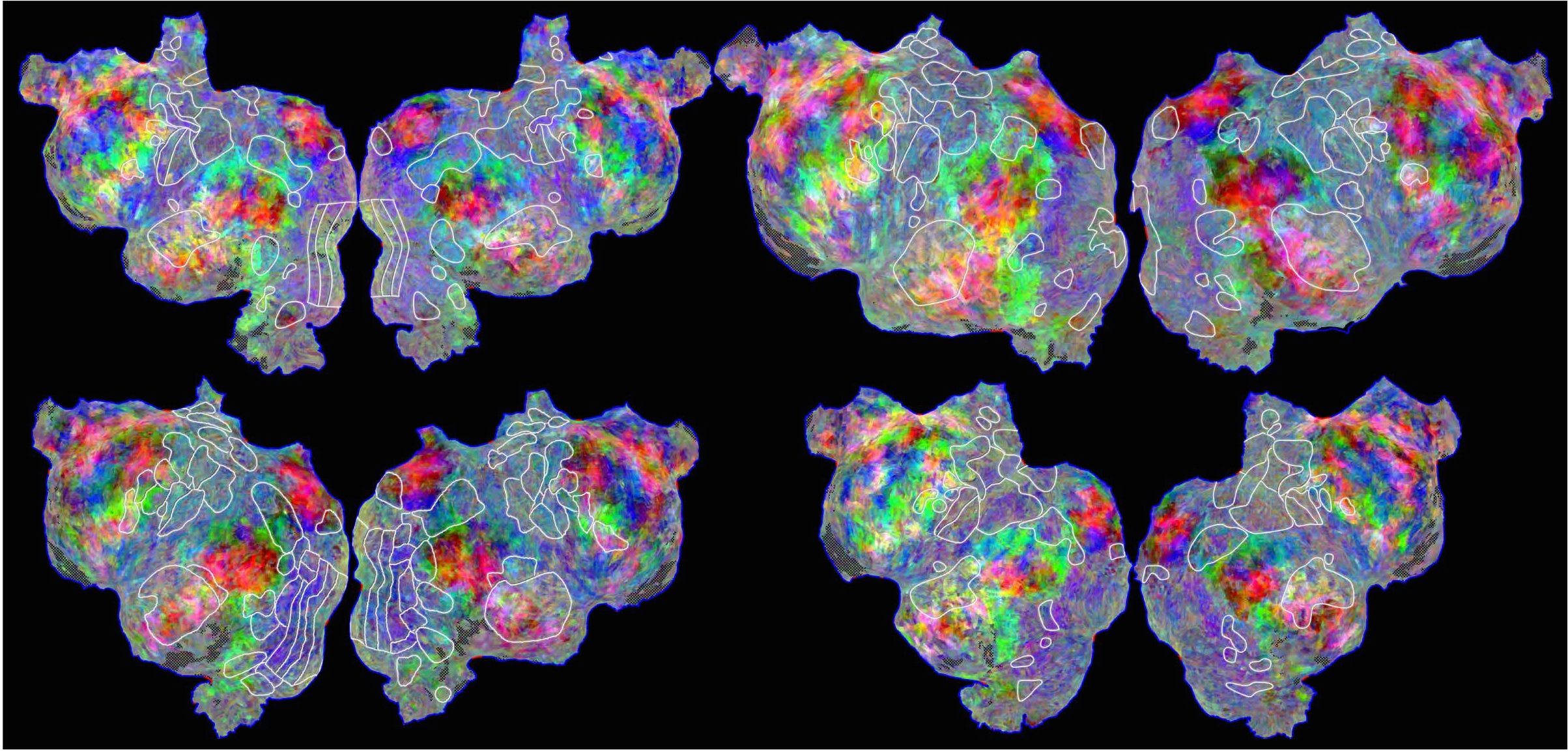
Working toward a complete functional atlas of the human brain
Description
The structure and function of the human brain are very closely linked. Neuroanatomists have made much progress in obtaining good anatomical parcellations of the human brain and recent technical advances might make it possible to recover detailed structural topography and structural connectivity from living individuals. In contrast, cognitive neuroscientists have made much less progress in obtaining a detailed functional parcellation of the human brain, and most of the studies that have attempted to do this have been based on passive resting state correlations that have no clear functional assignment. My laboratory is engaged in a broad effort to obtain systematic functional parcellations across a wide variety of sensory and cognitive domains. The broad goals of this program is to obtain a detailed functional parcellation of the human brain that reveals how sensory and cognitive features are represented across the cortical mantle; to understand how these representations are modulated by top-down processes such as attention, learning and memory; and to determine the correspondence between functional and structural neuroanatomy. In this talk I will discuss our approach to this problem and provide several examples of how our approach can be used to obtain detailed functional parcellations of sensory and cognitive systems in individual human brains.
Speaker Bio
Jack Gallant is Chancellor's Professor of Psychology at the University of California at Berkeley, and he is affiliated with a variety of other departments and graduate programs. He received his Ph.D. from Yale University, and he did post-doctoral work at the California Institute of Technology and Washington University Medical School. He is known for his neurophysiological work on the representation of natural scenes, the function of area V4 and its modulation by attention, and for the development of the voxel-wise modeling approach in human fMRI. His current research program focuses on computational modeling and mapping of human brain activity. Further information about ongoing work, links to talks and papers and links to an online interactive brain viewer can be found at the lab web page: http://gallantlab.org

